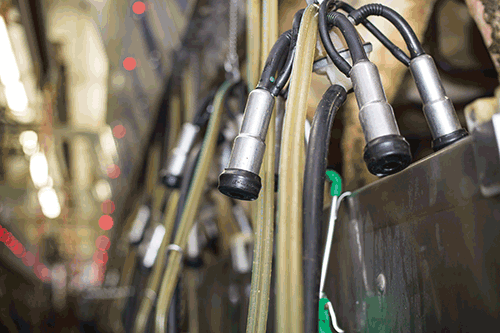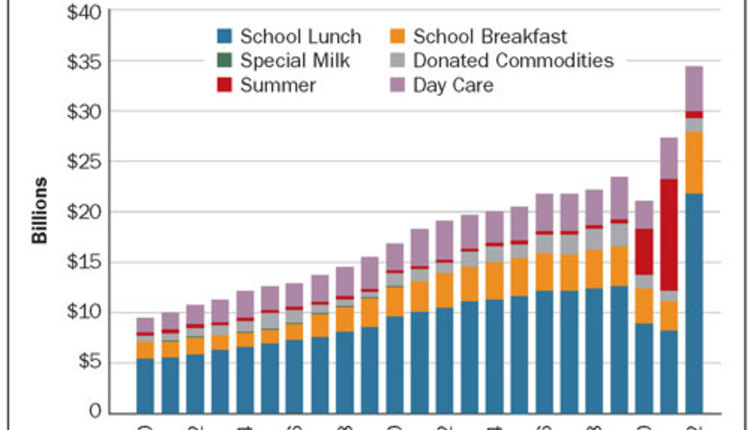The author is the E.V. Baker Professor of Agricultural Economics in the Charles H. Dyson School of Applied Economics and Management at Cornell University.

If classified pricing and pooling were originally created by farmers in the late 1800s to improve their prices, does that duo still achieve those goals in 2013? If the government agreed in the 1930s to enforce this cooperative pricing system because farmers lacked the market power to fairly negotiate prices with buyers, does this market power imbalance still exist?
Price benefit boils down to two questions. One, do we still think that consumer demand for fluid milk products is the most inelastic of dairy demands? Two, is the demand for Class I products large enough to produce a noticeable benefit? In other words, are we pushing on the right lever, and do we get enough lift to justify the effort?
Some critics point to declining fluid or Class I sales as proof that classified pricing doesn't make sense anymore. Why flog the dying horse? Actually, from a purely economic perspective, the issue is not whether the demand for yogurt (Class II) or cheese (Class III) is growing at a faster rate than the demand for fluid milk products, or even if the demand for fluid milk products is falling. This view puts the blame for weak fluid milk product sales on consumer preferences for other beverages, not the price of milk. The only economically relevant question with respect to average price lift is: Are fluid milk customers still less sensitive to upward price movements than consumers of cheese, yogurt or any other dairy category?
There isn't a definitive study to prove the answer one way or another, but despite the flagging sales of fluid milk, it is still plausible that fluid product demand remains the most inelastic of the major dairy food categories. However, it is also quite plausible that the magnitude of the difference has shrunk compared to 100 years ago. Maybe it has shrunk so much that the difference is barely worth leveraging.
In the 1950s, less than half of the U.S. milk supply was covered under a federal order, but over half of the milk pooled in federal orders was in Class I, and the Class I price was generally about twice the lowest manufacturing value. It was a big lever, and we pushed on it hard.
Today, about 90 percent of the U.S. milk supply is priced under either a federal order or the California counterpart, but only about one-third of the pooled milk is in Class I. The Class I price now runs about 25 percent above manufacturing class prices. It is a much smaller lever, and we aren't pushing as hard on it.
My rough calculation is that, if we didn't have classified pricing and pooling, the new average milk price would be about 20 cents lower. Other analysts have looked at this and come up with different numbers, but not much different. On the one hand, 20 cents is 20 cents, and few farmers would turn it down as a gift. But on the other hand, 20 cents feels like a rounding error when the price of milk swings from the low or mid-teens to the low $20 over a three-year cycle.
What about market power?
The 20-cent calculation only holds firm if markets are competitive. There is no definitive economic research that answers this question once and for all either, but there are some reasons one can offer to argue for and against a referee.
When reflecting on the ratio of buyers to sellers, a bargaining edge may still belong to buyers. The figure below shows the number of dairy farms delivering milk in federal orders versus the number of federal order plants over the last 60 years. There has been more consolidation in processing than in farming. At the least, we can say, since the 1950s, farmers haven't gained any ground in the structural characteristics that underlie the market power equation.
Winners and losers?
Suppose unregulated milk markets are reasonably competitive. In this case, basic supply and demand should keep the average price of milk about where it is now, even without classified pricing. But that doesn't mean everyone gets the average price, especially without pooling.
Larger, high-quality, easily-serviced farms would have a bigger advantage. Farms nearer to market or closer to higher valued product plants would have an advantage, but that advantage only extends to the cost of bringing in the next farm's milk.
If buyers have a significant market advantage, then the price effect might be larger than simple market forces. Then we might say that regulated prices don't improve much on competitive prices, but the problem is that an unregulated market wouldn't give competitive prices. The kind of market stress that comes from buyer power tends to strain cooperative marketing and gives farm entrepreneurs even more incentives to be bold. Some would do well, others not so much.

In my opinion, we would have seen an even swifter move to fewer and bigger farms if we didn't have federal orders. Pooling and cooperative marketing are equalizers. One might argue that the two make it harder for any one farmer to leap ahead through a great marketing strategy, but the flip side is that it makes it harder for any one farmer to fall behind.
Cooperatives make sure all milk gets picked up and sold, and they work within the regulated pricing system to ensure that all farmers get an equitable share of the returns from the marketplace. Without regulated pricing, it would be much more tempting for farm entrepreneurs to leave the pack and hunt on their own.
In our current environment, successful dairy farm businesses largely distinguish themselves by their ability to manage their production. In the absence of pooling and price regulation, the opportunity to move ahead through marketing activities on the farm rises.
I would expect farm consolidation to move at a faster pace in a deregulated market, with more entrepreneurial farmers working in groups that were small in number but large in volume. These groups would integrate into downstream markets and coordinate their marketing and price negotiations. In this environment, we might think of it as dairy farm winners and losers, or maybe better described as dairy farm survivors and casualties.









